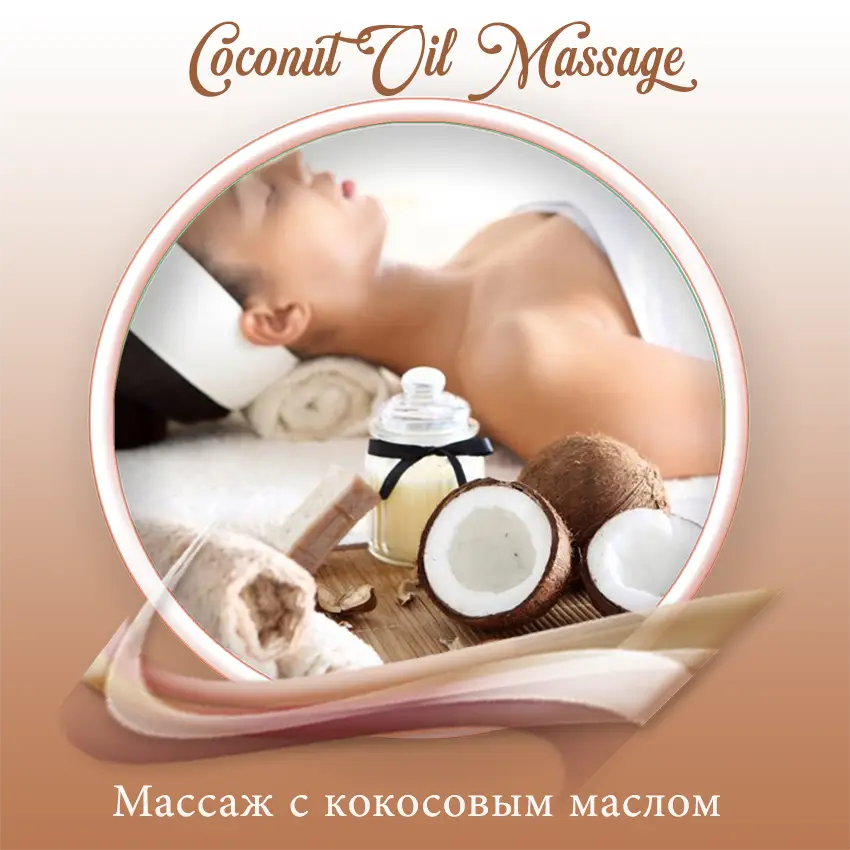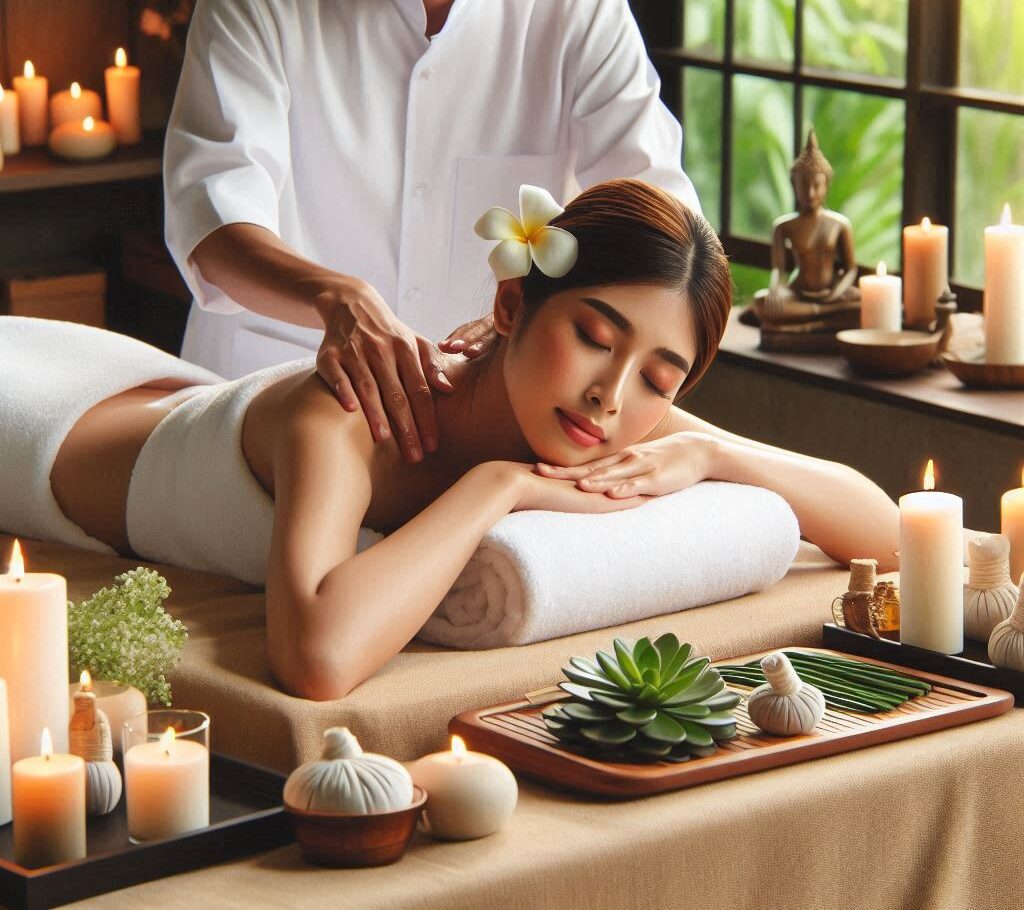What Is Massage Therapy?
Massage therapy is a form of manual therapy that involves manipulating soft tissues in the body to reduce stress, ease muscle tension, and promote relaxation and overall well-being. It is a hands-on technique that is performed by trained massage therapists.
The practice of massage therapy has a long and rich history, spanning thousands of years. Today, massage therapy offers a wide variety of styles, pressures, movements, and techniques, providing clients a customized experience to suit their individual needs. These techniques encompass pressing, rubbing, and manipulating muscles and other soft tissues with the hands and fingers. In some cases, forearms, elbows, or feet may also be used.
The following is a summary of the most common types of massage and their respective benefits.
Which massage styles are most effective?
It is evident that the popularity of different massage styles varies over time. You may have considered whether each style is merely a passing fad or the latest technique. An even more important question is how to determine whether the latest style will actually help you.
The range of massage styles encompasses long, smooth strokes and short, percussive strokes. Some massage therapists use oils and lotions, while others do not. Most massage therapists have clients unclothe for a massage, but some do not. The duration of a massage can vary significantly, ranging from brief five-minute sessions to extended two-hour treatments.
Prior to determining the most suitable massage style for you, it is essential to reflect on your personal preferences. Is your primary objective a massage for relaxation and stress relief? Or do you require therapeutic relief for specific health concerns? Prior to scheduling a massage, it is advisable to communicate your desired goals to the therapist and inquire about their preferred approach. Many therapists utilise a combination of techniques. The therapist may then customise your massage, depending on factors such as your age, condition, or any specific needs or goals you may have.
Please find below a list of some of the more popular massage therapy styles.
Types of Massage Therapy:
Swedish massage
Swedish massage therapy is the most common type of massage. It involves soft, long, kneading strokes, as well as light, rhythmic, tapping strokes, on topmost layers of muscles. This is also combined with movement of the joints. This approach is known to alleviate muscle tension, offering a dual benefit of relaxation and revitalisation. It may also be beneficial in cases of injury.
The four common strokes of Swedish massage are:
~ Effleurage: a smooth, gliding stroke used to relax soft tissue.
~ Petrissage: this is a squeezing, rolling, or kneading technique that follows effleurage.
~ Friction: deep, circular movements that cause layers of tissue to rub against each other, helping to increase blood flow and break down scar tissue.
~ Tapotement: a short, alternating tap done with cupped hands, fingers, or the edge of the hand.
Deep tissue massage:
Deep tissue massage is best for addressing specific areas of discomfort or restriction in the body. The massage therapist will use slow, deliberate strokes that focus pressure on layers of muscles, tendons, or other tissues deep under your skin. Though less rhythmic than other types of massage, deep tissue massage has therapeutic benefits, relieving chronic patterns of tension and helping with muscle injuries, such as back sprains.
Sports massage:
This type of massage is designed to address the specific muscle systems involved in a particular sport, using a range of techniques to support athletes during training, before, during, and after sports events. It can promote flexibility and help prevent injuries. It may also help relieve muscle strains and speed up healing after a sports injury.
Thai massage:
During a Thai massage, the therapist uses their body to move the client into a variety of positions. This type of massage includes compression of muscles, mobilisation of joints and acupressure.
Lymphatic drainage massage:
This massage involves a gentle manipulation of the tissues to stimulate the flow of lymphatic fluids throughout the body. Lymph is a protein-rich fluid that moves throughout the body via a network of lymph vessels. It is responsible for removing bacteria, viruses and waste from the body and transporting them to the lymph nodes for elimination. The lymph nodes then filter the fluid to remove impurities from the body. The massage is typically performed with light pressure and gentle, long strokes along the skin to stimulate the movement of lymph through the body.
Hot stone massage:
In this massage technique, therapists strategically place warmed stones on specific areas of the body, such as acupressure points, to enhance the therapeutic benefits. The stones may be used as massage tools or temporarily left in place. Used in combination with other massage techniques, hot stones can significantly enhance the soothing and relaxing effect by transmitting heat deep into the body.
Reflexology:
Reflexology is a therapeutic practice that involves the application of pressure to specific areas of the feet to stimulate bodily functions and promote well-being. It is believed that these areas correspond to different parts of the body. The massage is intended to promote health and well-being.
During pregnancy, the body undergoes significant changes. Pregnancy massage can help with these changes by reducing stress, decreasing arm and leg swelling, and relieving muscle and joint pain. This massage can be particularly beneficial during pregnancy when medication and other medical options may be limited. Using specially designed massage pillows, the massage therapist will help you get into a comfortable position for this type of massage.
Cranial sacral massage:
This practice is used to treat headaches, migraines, neck and back pain, stress-related disorders, temporomandibular joint (TMJ) dysfunction, and certain neurological conditions. During a craniosacral massage session, a trained therapist will use light touch and subtle movements to assess and address any imbalances or restrictions in the craniosacral system. The craniosacral system encompasses the membranes and cerebrospinal fluid that envelop and protect the brain and spinal cord.
Trigger point massage:
During a trigger point massage session, a trained therapist applies pressure directly to the identified trigger points. This helps to release tension and get rid of pain. The pressure applied during the massage can vary in intensity, with the therapist utilising their fingers, knuckles, elbows, or other tools to target the specific areas effectively. The aim of the trigger point massage is to encourage the release of the contracted muscle fibres, improve blood flow to the affected area, and promote relaxation of the muscles.
Myofascial release:
Your fascia is a connected web of tissues that support your muscles, bones, organs, and other structures within the body. During a myofascial release session, a trained therapist uses gentle pressure on specific areas of the body to release tightness within the fascial system. The therapist will use their hands, fingers, elbows, or specialised tools to apply pressure and stretch the fascia in a way that encourages it to return to a more relaxed state.
The benefits of massage:
A wide range of massage techniques offer benefits beyond basic relaxation. The following is a non-exclusive list of health problems that may benefit from massage. However, it is important to consult your physician before incorporating massage into your health regimen, particularly if you have any pre-existing health conditions.
~Sleep,
~Immune function,
~Constipation,
~Anxiety,
~Digestive disorders,
~Nerve pain,
~Postoperative care,
~Scar tissue,
~Soft tissue strains and injuries,
~Sports injuries,
~Temporomandibular joint (TMJ) disorders.
Massage therapy and pain:
Back pain; Multiple studies have demonstrated the efficacy of massage therapy for back pain.
Headache; Another type of pain, headache, also responds to massage therapy. Some studies suggest that massage therapy can improve sleep and reduce the number of migraines a person has.
Osteoarthritis; In the first clinical trial looking at the effectiveness of Swedish massage for knee osteoarthritis, participants who received a one-hour massage either one or two times a week had improvements in pain, stiffness, and function. The control group did not demonstrate any significant changes.
Fibromyalgia: Studies demonstrate that massage therapy can effectively manage symptoms such as pain, anxiety, and depression over a 5-week period.
The connection between massage therapy and cancer:
Cancer. Massage therapy is used in conjunction with conventional Western medicine to promote relaxation and alleviate cancer symptoms or treatment-related side effects. It may help reduce pain, swelling, fatigue, nausea, or depression and improve the function of your immune system. However, it is important to note that massage therapists should exercise caution in treating cancer patients, and there are specific areas and circumstances in which massage therapy should be avoided. It is advisable to consult your physician prior to undergoing massage therapy if you have cancer.
Massage therapy and HIV/AIDS
HIV/AIDS. Research suggests that massage therapy may help improve the quality of life and treat the anxiety and depression that people with HIV or AIDS experience.
The impact of massage therapy on mental health.
Depression. A review of 17 clinical trials found that massage therapy may help reduce depression. However, when it comes to generalized anxiety disorder, massage therapy was found to be no more effective than providing a calming environment and deep breathing exercises.
Risks Associated with Massage Therapy:
There appears to be a low level of risk involved in massage therapy. However, there have been rare reports of serious side effects, including nerve injury, blood clots and bone fractures. These reported cases are often associated with more intensive massage techniques, such as deep tissue massage, or they involve patients who might be at increased risk of injury, such as older people.
How to Find a Massage Therapist:
When seeking a massage therapist, it is advisable to approach the search in the same manner as any other medical professional. First, define your goals. Determine the type of massage you are looking for so that you can narrow down your search. Requesting recommendations from friends and family is also advisable. If you do not have a trusted massage therapist in your personal network, consider expanding your search online. Online directories that include reviews are a useful resource. Once a shortlist has been created, it is advisable to research the therapists’ credentials. Ensure they are licensed and registered to work in your area. You should also establish their fees and whether they are within your budget. Once a suitable match has been identified and they are within your desired travel radius, arrange a consultation to discuss your concerns. After meeting them, trust your instincts to determine if they seem like a suitable professional to entrust your well-being with.
Takeaways:
Massage therapy is a type of treatment that involves moving the soft tissues in your body to achieve relaxation and overall well-being. There are many types of massage therapy that are carried out by licensed professionals, ranging from hot stone massages to specialty treatments for when you’re pregnant. The effectiveness of massage therapy in improving various health conditions is well-documented. If you are considering massage therapy, it is advisable to research and identify a therapist who specialises in the treatment that will best meet your needs.
FAQs~Frequently asked questions
What is the difference between massage therapy and therapeutic massage?
Massage therapy encompasses a broad spectrum of massages intended for relaxation and general well-being. In contrast, therapeutic massage refers to massage sessions meticulously designed to address and improve specific health conditions or issues.
What is the difference between bodywork and massage therapy?
Massage therapy is a specific form of bodywork that focuses on manipulating soft tissues through various massage techniques. Bodywork is a more general term that includes a wider range of therapeutic practices, of which massage therapy is one of the many approaches.
What is the difference between medical massage and massage therapy?
Massage therapy is a more general practice focused on relaxation and overall well-being. In contrast, medical massage is a targeted, outcome-based approach designed to address specific health conditions and injuries under the guidance of healthcare professionals.
What is the average cost of massage therapy?
The cost of massage therapy can vary depending on several factors, including the geographical location, the specific setting, and the type of therapy. However, the national (TR) average cost is approximately €50~100 per hour.






